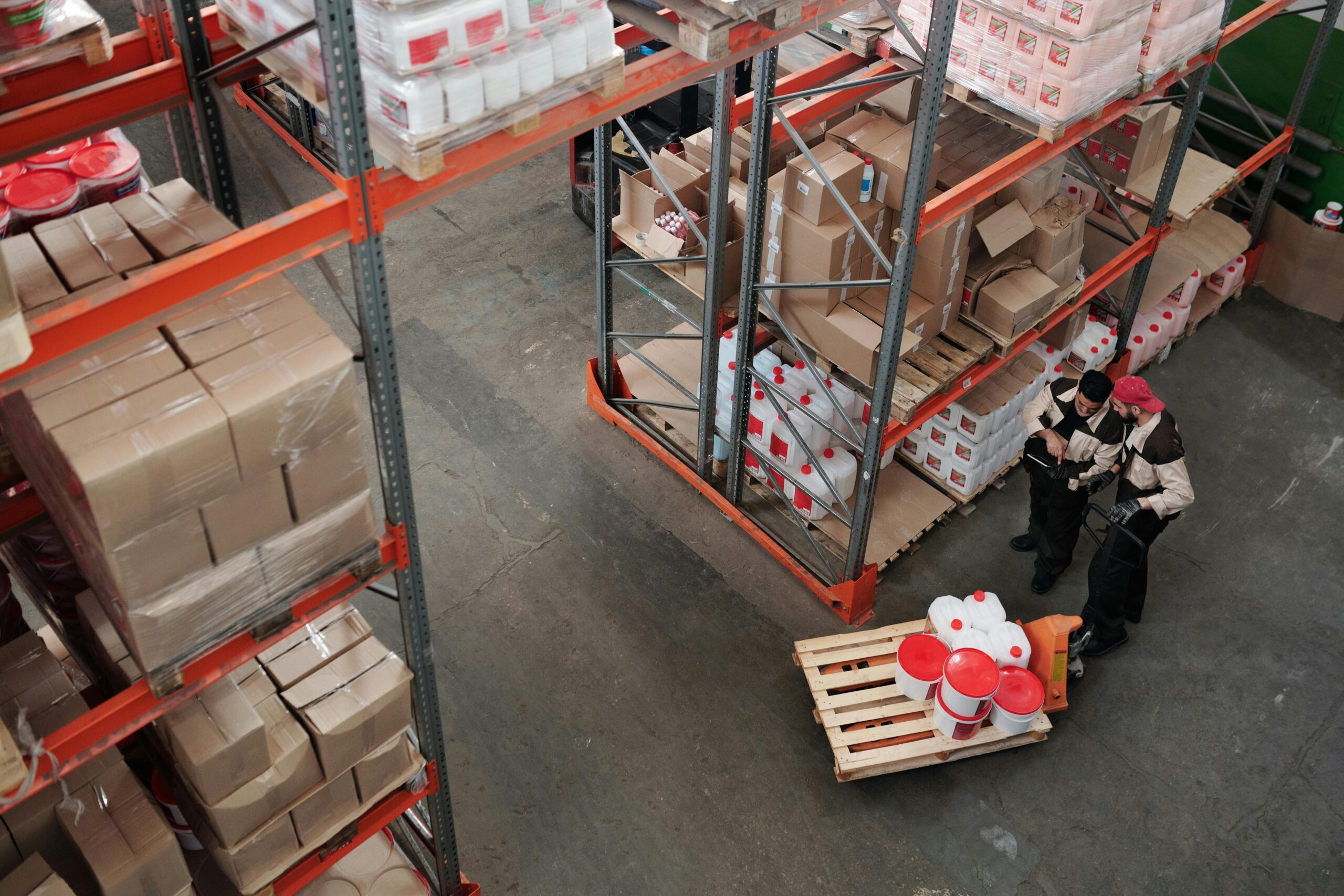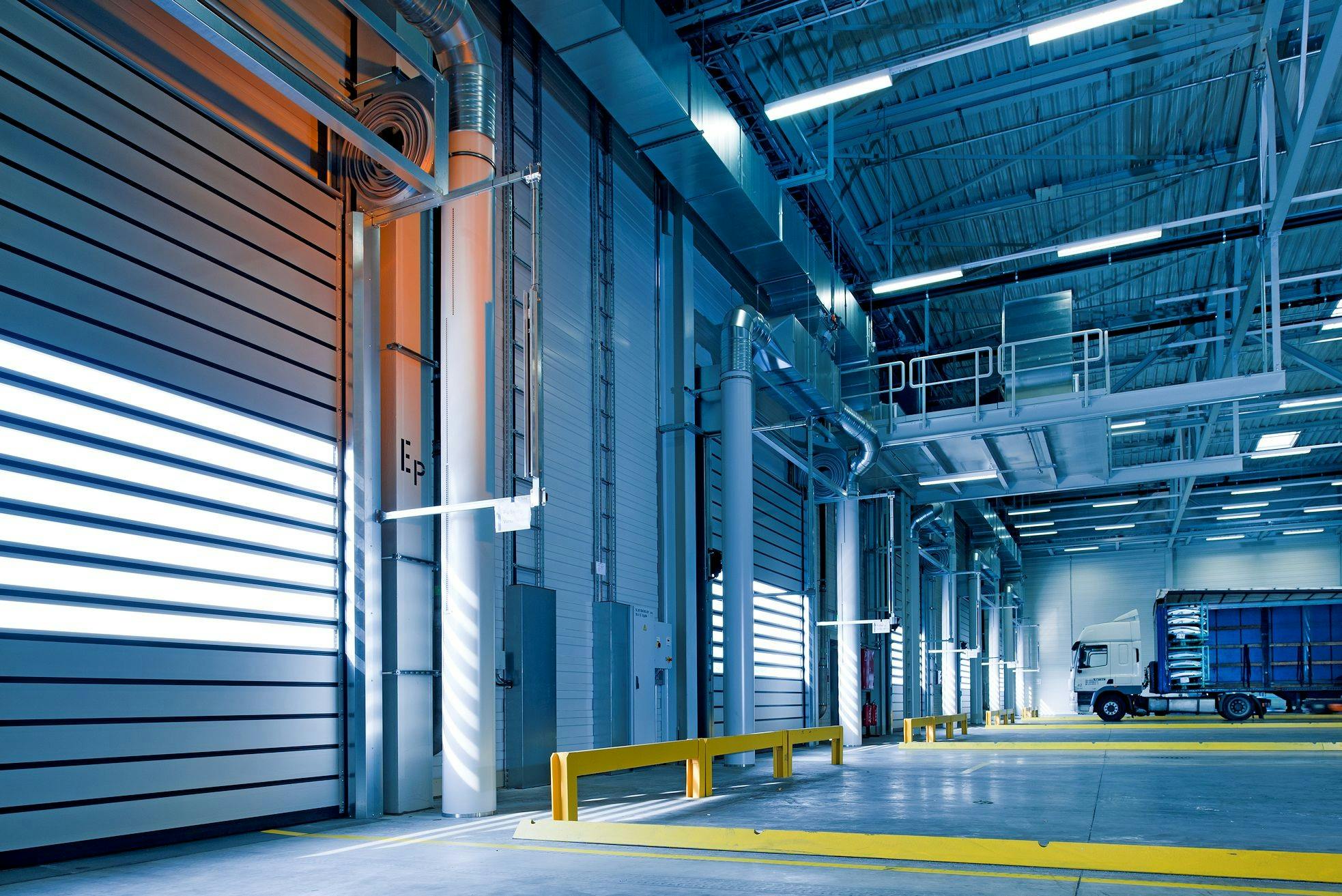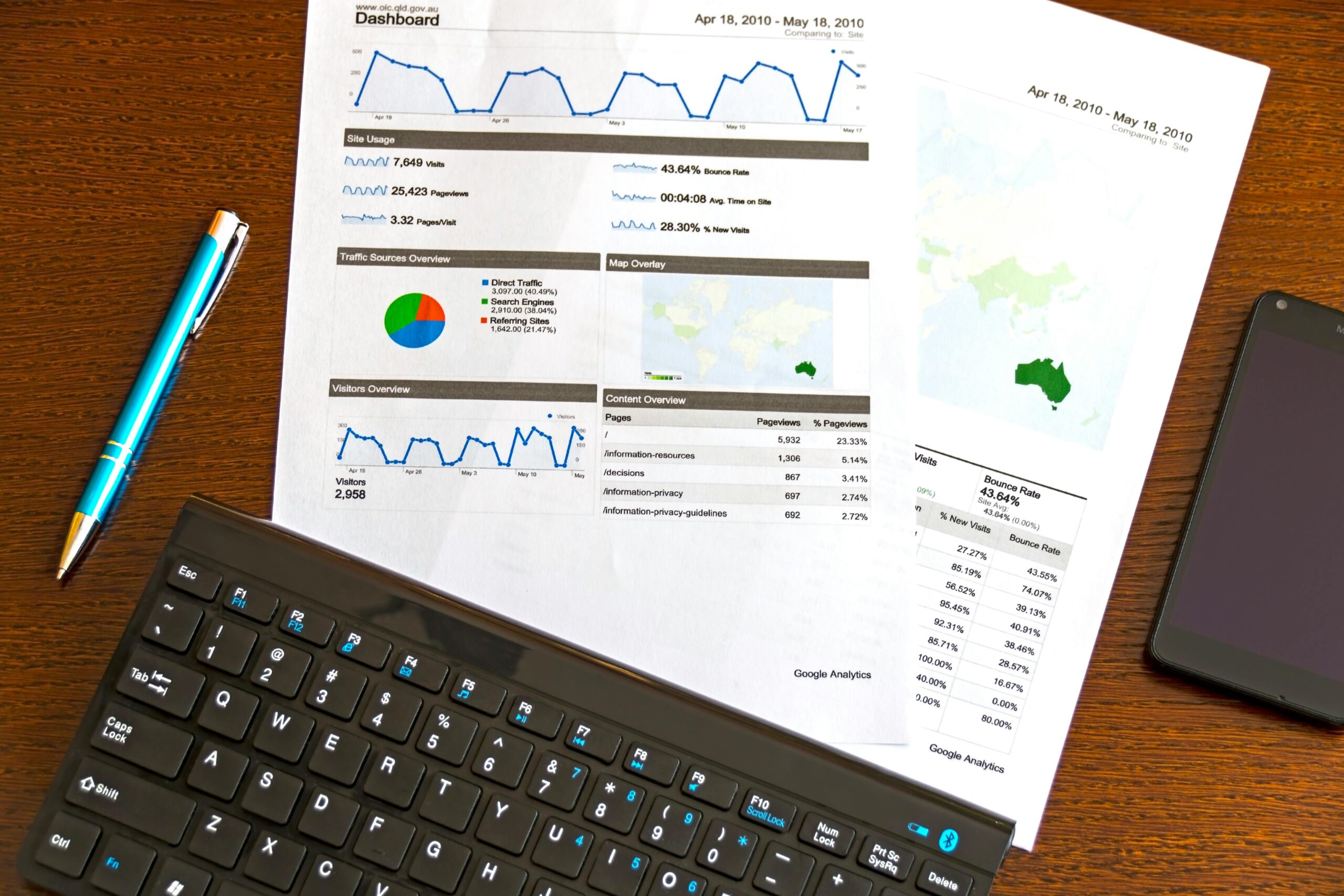Convenience Stores Consulting
Convenience stores: what are they and how are they different?
There is a special place in retail for impulsive, emergency, and/or unplanned purchases of everyday consumer goods. Convenience businesses occupy this space. Transit hubs, such as bus terminals, gas stations, and airports, are the best places for convenience stores. Convenience stores are rarely visited by consumers to make large, regular, or planned purchases. The purpose of convenience stores is to meet urgent requirements. These needs either materialize or appear out of nowhere. The decision to buy is made quickly after the need is created.
Most convenience stores stay open for extended hours because of these special features, which allow them to meet unforeseen, urgent, and short-term demands. Convenience stores also keep a wide variety of goods. Price reductions are uncommon in convenience stores because these are similar to value-added or premium services.
Consumers have a sense of planned certainty when they visit regular grocery or department stores. Households, for instance, frequently evaluate consumption trends and make purchase plans. Convenience stores are hardly an exception. Convenience store purchases lack the components of preparation and certainty unless they are made intentionally. For instance, it might occur to you that there is no milk at home while you are filling up the gas tank. Seeing a convenience store or any other pertinent visual cue could likewise cause this realization.

Transit Hub Convenience Stores as a Potential Business Opportunity
The introduction of convenience stores in transit hubs such as bus terminals, metro stations, gas stations, and airports is not a recent development. However, the company model is currently gaining popularity, and the reasons remain the same.

Purchasing While Moving
The ability to make purchases while traveling or commuting is one of the main factors contributing to convenience stores’ popularity. As was previously mentioned, this offers a special market opportunity—or rather, a shift in customer behavior. When traveling or commuting, this behavior involves remembering items that are needed at home. Visual cues are frequently found in convenience stores located around transit hubs. From a business perspective, this means sales because the scope of expanded decision-making is nil to none.

Resolving Minor or Ignored Needs
Consumers may not always find all they need at their typical supermarkets, department stores, or grocery stores. Occasionally, they neglect to record the items they need on their shopping lists. Convenience stores are a convenient and appropriate way to fulfill these kinds of shopping requirements.
Does it, however, function at transit hubs? A sizable portion of the population commutes and travels great distances each day in any bustling or multicultural city. Additionally, people sometimes feel the need or need to make a purchase when traveling, or they fail to adequately plan their purchases.

All-inclusive Merchandising
Another characteristic of convenience stores is that they must keep a broad range of merchandise. Although purchasing in bulk may not be an option, quality convenience stores carry almost every consumer product imaginable. For convenience businesses, keeping a wide range of merchandise, from safety pins to fragrances, is crucial. Chefs and foodies, for instance, are consumer categories with unusual and special needs that benefit greatly from this.
Convenience stores distinguish themselves from traditional grocery stores by meeting a variety of needs. Because of their distinctive marketing, convenience stores are a desirable place to purchase goods that aren’t found at nearby residential stores. If customers know ahead of time whether any convenience stores along their route have particular items, they can even plan their purchases.

Unexpected Needs
Earlier, we talked briefly about unplanned demand. One example of an unforeseen requirement or purchase is an urgent need. Additionally, unexpected needs when traveling or commuting are rather common. Masks and sanitizers are a good example from recent history. Occasionally, people run out of pocket sanitizers or the masks get ruined. For such urgent demands, convenience stores are helpful. Even while masks and sanitizers are becoming less common, many other items (or the sizes of their container) fall under the category of urgent demands.

Connections
Filling stations are frequently connected to convenience stores. The business partnership is advantageous to both parties. Convenience stores benefit from these partnerships by saving money on real estate and gaining access to a steady flow of prospective consumers. By sharing any unused space, filling stations maximize their use of real estate resources and increase the likelihood that they will draw more consumers as a result of having a convenience store on the same property.
Convenience stores serve metropolitan markets and are a relatively recent idea. With striking design, planograms, and visual appeals, these establishments are typically very modern. Unique brands and items are covered by the extensive merchandising. Convenience stores represent the needs of uber-cosmopolitan cities in addition to their practicality.
In terms of promotions, convenience stores have an advantage. They most likely know where their clients are more than any other company. They can easily locate the digital or physical touchpoints for advertising, which are frequently highways leading to airports, trains and metro stations, buses and bus stands, hotel and travel agency websites and apps, etc.
Difficulties in Travel or Transit Retailing

Increasing demand forecasting accuracy
Achieving accuracy in demand forecasting presents a number of difficulties for convenience businesses located near transit hubs. The fluctuating demand for travel-based purchases is one of the main obstacles. Additionally, there is always a chance that many things won’t be sold because convenience stores keep a lot of merchandise, even in little amounts. The lack of external data for analytics is another issue. Convenience store purchases frequently happen in impromptu ways, which limits online search activity and reduces the amount of data available for demand analytics.

Bringing in Clients
Although every passenger has the potential to become a customer, none may actually make a purchase. Convenience businesses rely on the need to understand their clients. There is a very little window of time for this to occur.
When it comes to convenience stores in metro stations and airports, the prices of the products are either comparatively higher or there are no discounts available. Knowing this, customers would only purchase in extreme circumstances. Regular travelers prefer to organize their purchases.

Expensive Rentals
Commercial space rentals in transport hubs are susceptible to yearly or periodic increases, just like any other rented property. The size of the space stays the same, but the rents continue to rise. Every time there is a rental rise, this puts more of a commercial pressure on businesses. This increase in rent expenses starts to show up negatively on financial accounts if it is not offset by a corresponding or comparable gain in revenue. This principle also holds true for other running costs.

Extended Replenishment Duration
Convenience stores located in transit hubs must abide by security guidelines established by relevant authorities. All inventory entering the building must pass rigorous security screenings and assessments. Stores’ stock restocking processes are slowed down as a result. Companies must start their procurement procedures with this time constraint in mind. The capacity of retailers to quickly alter their merchandising is also impacted by this lag.

Restricted Room
Convenience stores have very little space to experiment with their merchandising techniques. To make matters worse, some establishments don’t even have extra room for inventory. A store’s limited capacity to stock items has an impact on the range of products it can provide to its clientele. For small-space establishments, this makes transit retailing more difficult.

The Anguish of Refunds and Returns
Returns and refunds become a difficult and drawn-out process for both customers and shops after passengers depart a transit hub. Furthermore, considering refunds and returns in the context of airports is nothing short of intimidating. The majority of retailers explicitly state that refunds and returns are not always available. From the standpoint of the customers, this entire situation is really discouraging.
Extended Hours of Work
For the convenience of the general public and to satisfy customer demand, there are transit hubs that operate around the clock. Additionally, a lot of convenience stores in these areas attempt to mimic the same pattern. These routines result in shift-based employment, which is taxing and unpleasant for both employees and business owners.

Extended Onboarding Duration
There are strict guidelines to follow when working in a travel hub, such as an airport. Employers must follow the procedures and guidelines established by relevant authorities in addition to internal checks and safeguards. For workers whose workplace incorporates a transit hub, hiring and onboarding take longer than typical.
Why TRS
TRS is a boutique retail and eCommerce consulting company that specializes in business growth and expansion as well as business management. Over the years, we’ve worked with numerous clients across various industry sectors, TRS has become a rising global brand. A group of knowledgeable retail and eCommerce consultants with a wide range of professional exposure and experience create and implement our services and solutions. Our work is guided by established procedures and ideals. Our wide range of services in transit retailing can help both new and established companies based on their unique needs and applicability.
When it comes to business model development, we help our clients find and create strong, long-lasting, and distinctive value propositions. The value chain as a whole is laid out, showing how to best develop and present value propositions to the target markets.
We crunch the figures in financial and commercial planning, creating the estimates and budgets needed to implement business concepts. Demand predictions, sales and revenue estimates, CAPEX and OPEX requirements, inventory and procurement planning, predicted profit and loss statements, ROI and break-even analysis, and more are all covered in the assessments.
Optimizing space without sacrificing larger marketing and customer experience goals is one of the main problems in transportation and travel retailing. We offer a wide range of tried-and-true layout planning options that may be tailored to meet specific needs and specifications. Businesses can quickly adopt long-lasting solutions by putting proven and innovative layout designs into practice.
Convenience stores, like any other businesses, need to have a solid operations strategy. Business process mapping and definition are done using SOPs. Convenience store operators can concentrate on more important business objectives, such as attracting and keeping customers and other marketing initiatives, with its assistance. Developing and implementing SOPs is one of our main offerings.
Please provide your contact information, and a member of the team will get in touch with you if you would like more information about TRS services or if you have any business-related questions concerning travel and transit retailing that you would like answered by one of our knowledgeable retail consultants.
FAQs
In a transit hub, how may a convenience store be opened?
Among the crucial actions involved in opening a convenience shop are:
- Validation of business ideas.
- Creation of the core group.
- Creation of business models.
- Market research, geographic analysis.
- Developing practical strategies.
- planning for operations.
- Creating a business plan that incorporates financial and commercial planning.
- Planning the layout.
- Knowledge of and compliance with the applicable laws, rules, and requirements.
What difficulties does transit retailing present?
The following are some of the difficulties that entrepreneurs in the transit or travel retailing industry sometimes encounter:
- Challenges in accurately estimating demand: It is difficult to foresee demand patterns for travel-based purchases. Additionally, there is a lack of external data for analytics.
- client acquisition challenges: Although every traveler has the potential to become a client, no purchases may be made.
- High Rentals: Annual rental increases put extra commercial strain on convenience retailers situated in transit hubs without boosting sales or creating room for additional merchandise.
- Longer Replenishment Time: The stock replenishment procedures of convenience stores situated within transport hubs are slowed down by the strict security checks and screens that are in place.
- Convenience businesses around transit hubs have very little space, making it difficult to make last-minute changes to their merchandising or even to stock up beforehand.
- Problems with Returns and Refunds: Following a passenger’s departure from a transit hub, the return and refund procedure becomes a remote and difficult procedure for both customers and shops.
Is a basic space sufficient to launch a convenience store?
If used properly, no place is too little. Convenience store layout planning is the answer. Optimizing space while maintaining a relationship to larger marketing and customer experience goals is one of the most difficult challenges in transportation or travel retailing. Business owners can swiftly implement efficient solutions thanks to the availability of tried-and-true layout plans.





